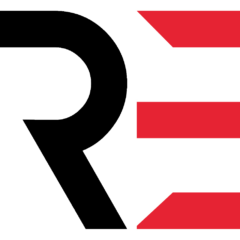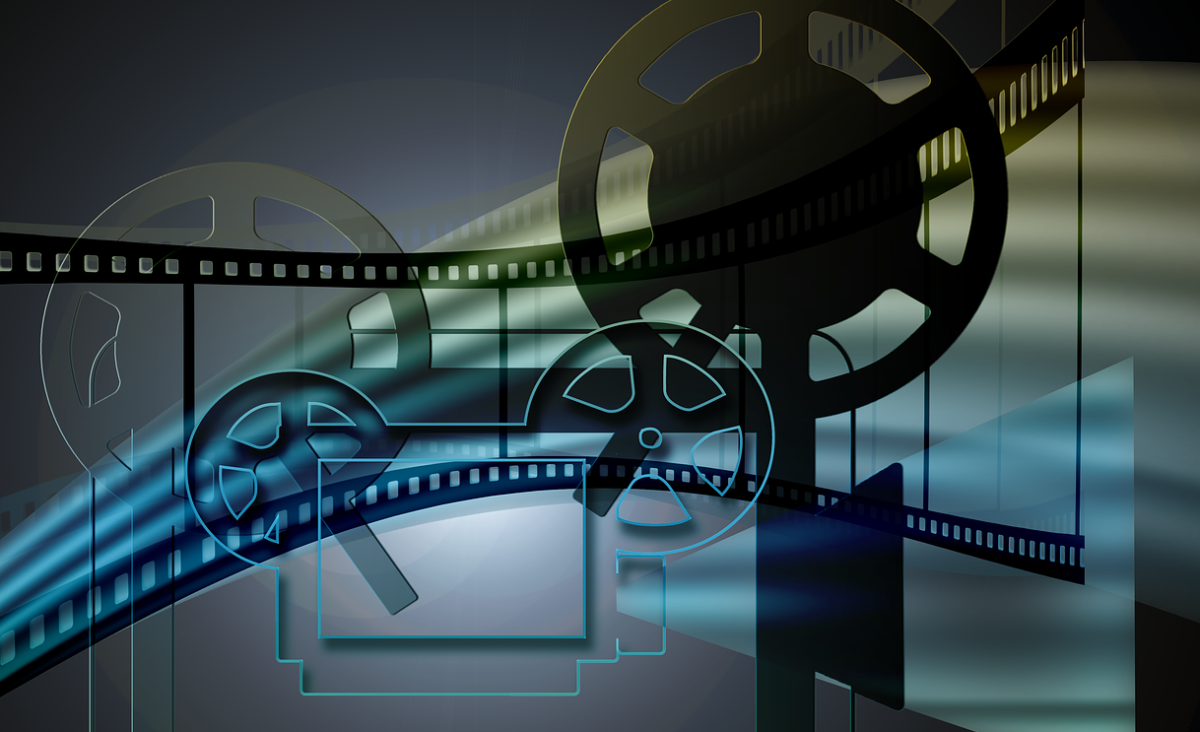The advent of Industry 4.0 has brought about a seismic shift in how industries operate, with a particular emphasis on automation, data exchange, and manufacturing technologies. Central to this revolution is the concept of knowledge-based controllers, which leverage the power of artificial intelligence (AI) and machine learning (ML) to enhance decision-making processes and operational efficiency. This blog delves into the essence of knowledge-based controllers within the industrial context, highlighting key findings from systematic reviews and research studies.
The Role of Knowledge-Based Controllers in Industry 4.0
Knowledge-based controllers are systems that utilize knowledge, data, and inference mechanisms to make decisions or control processes. In the context of Industry 4.0, these controllers are pivotal for implementing smart manufacturing and automation processes. They rely on a vast array of data from sensors, machines, and operations to optimize production, reduce downtime, and enhance product quality.
Insights from Recent Research
- Integration with Industry 4.0 Technologies: The integration of knowledge management (KM) processes with Industry 4.0 technologies is crucial for leveraging organizational knowledge effectively. A study by Manesh et al. (2021) highlights the trends and intellectual structures of KM in Industry 4.0, underscoring the importance of creating, sharing, and applying knowledge in an interconnected and data-driven environment (Manesh et al., 2021).
- Software Architecture and Knowledge-Based Approaches: Li, Liang, and Avgeriou (2013) explore the application of knowledge-based approaches in software architecture, revealing how knowledge management technologies facilitate architectural evaluation and decision-making processes. This underscores the adaptability of knowledge-based systems across different applications, including software development in industrial settings (Li, Liang, & Avgeriou, 2013).
- Managerial Challenges and Industry 4.0: Schneider (2018) discusses the managerial challenges posed by Industry 4.0 and proposes a research agenda focused on strategy, planning, cooperation, business models, human resources, and leadership. Knowledge-based controllers are implicit in addressing these challenges by providing data-driven insights for strategic decision-making (Schneider, 2018).
- Knowledge Sharing in Global Software Development: Anwar, Rehman, Wang, and Hashmani (2019) emphasize the importance of knowledge sharing in global software development organizations, highlighting barriers and facilitators. Knowledge-based controllers can play a significant role in overcoming these barriers, promoting a culture of knowledge sharing and collaboration (Anwar et al., 2019).
Challenges and Future Directions
- Data Quality and Integration: Ensuring high-quality, actionable data is integrated seamlessly into knowledge-based systems remains a challenge. Future research should focus on data normalization, validation, and real-time processing techniques.
- Customization and Scalability: Customizing knowledge-based controllers to fit specific industrial needs while maintaining scalability is crucial. Research should explore modular, adaptable frameworks that can evolve with changing industry requirements.
- Ethical and Security Considerations: As knowledge-based systems become more autonomous, ethical considerations and security measures must be prioritized. Future developments should incorporate robust security protocols and ethical guidelines to govern AI decision-making processes.
- Interdisciplinary Collaboration: The development of knowledge-based controllers requires collaboration across disciplines, including AI, engineering, data science, and domain-specific knowledge. Interdisciplinary research teams can drive innovation and ensure that systems are both technically sound and practically relevant.
Conclusion
Knowledge-based controllers represent a cornerstone of the Industry 4.0 revolution, offering unparalleled opportunities for enhancing industrial operations through intelligent decision-making and process control. As the field continues to evolve, focused research and collaboration across disciplines will be vital in overcoming existing challenges and unlocking the full potential of these systems.











